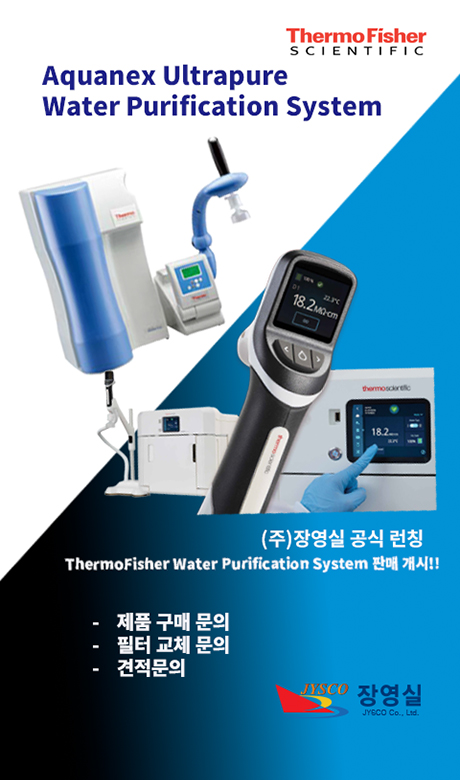|
Color-Rich™ Dyed Particles
Color-Rich particles are available in specific diameters and colors. Available particle types include Color-Rich Dyed Polystyrene and Color-Rich Dyed Carboxylate-modified particles. The polystyrene particles are only available in blue, and the carboxylate-modified particles are available in both blue and red. These particles have been specifically designed, and are most often used for membrane-based applications.
OptiBind polystyrene and OptiLinkcarboxylate-modified particles (medium acid content) are dyed to create the Color-Rich dyed particle product line. Color-Rich Dyed particles incorporate dyes internally. The most important characteristic for any dyed particle is visibility in the application, whether it is a visual or fluorescent microscopy technique. Internal dyeing of the polystyrene and carboxylate-modified particles insures maximum color brilliance, color saturation, prevents dye leaching in aqueous media, and leaves the surface free for optional immunological applications.Color-Rich has been specifically designed and is most often used for diagnostic lateral-flow rapid assay (membrane-based) applications.
For many types of immunological assays, the dyed particles can enhance the readability of the assay or do away with problems associated with enzyme-based assays. In addition to diagnostic assays and molecular biology applications, there are a variety of other applications where these dyed particles may be used, including membrane pore-size determinations, filtration media analysis, flow or fluid mechanism studies, particle size correlation, flow cytometry, immuno/histology studies, flow imaging tracers, cell surface antigen markers, biological transport studies and phagocytosis research.
- Bind ligands without dye interference
- Dye-free surface for coupling
- High protein binding capacity
- Hydrophobic—readily adsorbs proteins
- Optimize assays by controlling sensitivity, specifi city and stability
- Optimized acid content
- Fast coupling and processing reactions
- Easy one-step covalent coupling protocols
- Optimized two-step coupling protocols
- Assure reproducibility with our own manufactured particles
- GMP manufacturing in our ISO certified facilities
Sulfate (hydrophobic) Particles :
Also called plain sulfate particles, the particles are stabilized by sulfate groups. The sulfate groups are not reactive and therefore protein attachment is carried out by hydrophobic adsorption methods. The particles are available in a wide range of sizes. Many applications are possible, including development of rapid diagnostic tests.
Carboxyl (hydrophobic) Particles :
These products consist of uniform surfactant-free sulfate particles with surface carboxyl groups for charge stabilization. The particles are hydrophobic with carboxyl groups that are close to the surface of the particle. Although covalent coupling of substances to the particle surface is possible, these particles are typically used to physically adsorb proteins.
Carboxylate-modified (CML) Particles :
These products are prepared using a copolymerization process that results in negatively charged polymer particles with a reactive carboxylated surface. Typically, the carboxyl group density ranges from about 10 to 125 Å2 per carboxyl group. The particles are relatively hydrophilic and the carboxyl groups can be activated using water soluble carbodimide reagents and reacted with amines to form stable covalent amide bonds. This method of conjugation is widely used to attach antibodies to the particles for use in diagnostic tests.
Aldehyde-modified Particles :
The aldehyde modified particles are designed for coupling of molecules containing amine groups under very mild conditions (neutral pH) in a one-step process. The particles contain surface aldehyde groups with a density range of approximately 100 to 230 Å2 per aldehyde group. The net surface charge is negative. These particles can be used for many of the same applications as the carboxylate-modified products, and provide an alternate method for attaching proteins to the particle surface. |



